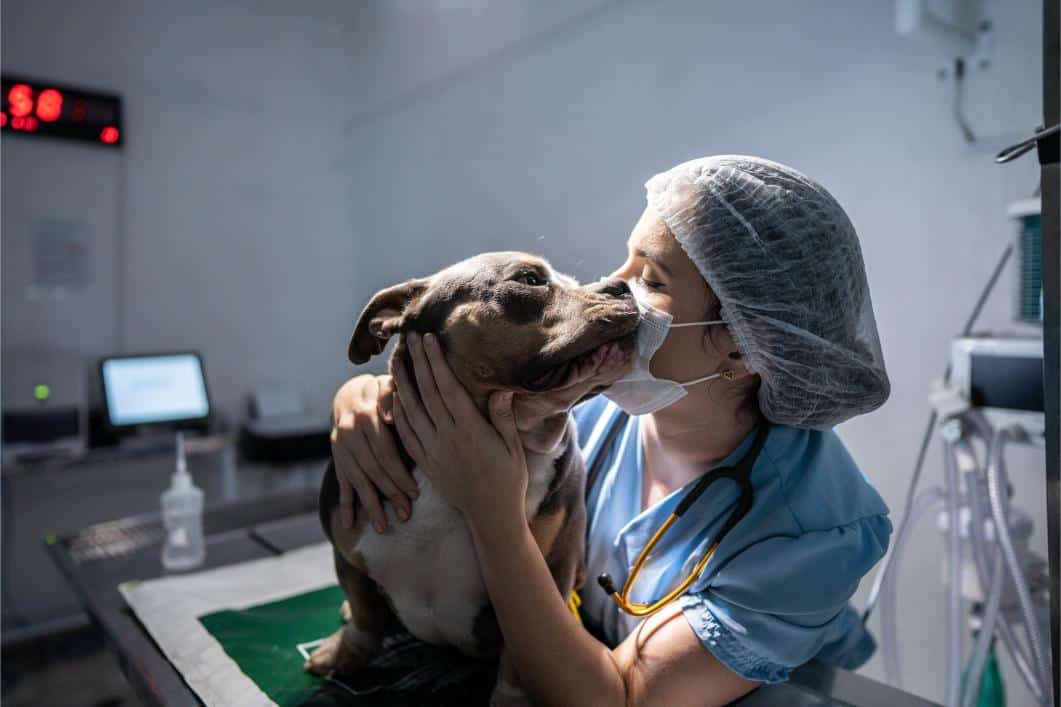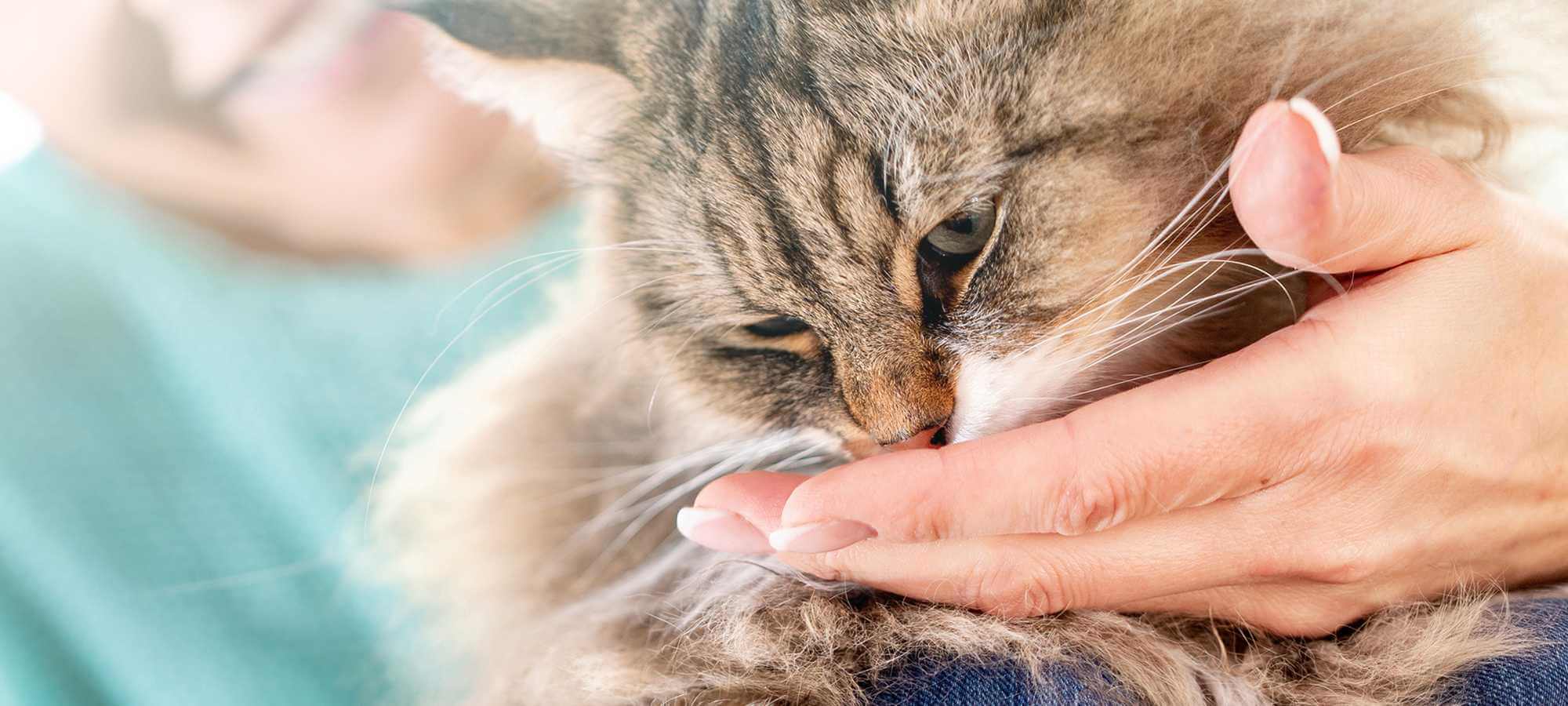Endoscopy at Caring Paws: Ensuring Comfort and Care For Your Pet

If you’ve visited us at Caring Paws Animal Hospital, we are sure that you already recognize how much we care for the pets that are entrusted to us. This means going above and beyond at each visit, and offering the latest and best options for our patients. Veterinary endoscopy is one more way that we are helping our pet patients in every way possible.
What is Pet Endoscopy?
Endoscopy is a minimally-invasive diagnostic procedure that we can utilize in veterinary medicine to view the internal organs of our patients. It is particularly useful for issues affecting the gastrointestinal, respiratory, and urinary tract.
Veterinary endoscopy involves inserting a thin, flexible tube-like camera called an endoscope. through a small incision or natural opening. This allows us to examine areas that are otherwise challenging to reach!
Endoscopy can help us to identify inflammation, blockages, ulcers, and even tumors in a way that is minimally invasive. Depending on the situation, additional procedures (including biopsies and foreign object retrieval) can sometimes be performed during an endoscopy procedure.
This can mean faster recovery times, decreased pain, and lower anesthetic risk for our pet patients. Endoscopy can enhance the diagnostic process in veterinary medicine. Its use can result in better outcomes for pets, which our staff appreciates very much.
Veterinary Endoscopy for Our Patients
Veterinary endoscopy can be a very useful tool when it comes to diagnosing and treating our pet patients. Common uses for this form of diagnostic imaging for pets include:
- Inspection of the gastrointestinal tract — Endoscopic evaluation of the esophagus, stomach, upper small intestinal tract, and colon can help to diagnose issues including chronic vomiting, diarrhea, and blockages.
- Respiratory endoscopy — Bronchoscopy is the name for respiratory endoscopy. It is used to examine the airways and lungs, aiding in the diagnosis of respiratory conditions like chronic cough, infection, or obstructions.
- Urinary tract examination — Endoscopy can be used to evaluate the urinary bladder and urethra (cystoscopy) due to problems like blood in the urine, urinary incontinence, or difficulty urinating.
- Ear care — The endoscope can be used to visualize the ear canal and eardrum itself, making it helpful in the treatment and management of chronic ear infections.
- Tissue or object retrieval — Endoscopy can help our veterinarians to collect tissue samples or remove foreign objects in a non-surgical manner, which can sometimes minimize risks and recovery time for the pet.
Making sure that we are treating your pets in the most current and effective way is a priority to us. If you have questions about pet endoscopy and how it might help your furry friend, don’t hesitate to ask. We are more than happy to share this amazing technology!

